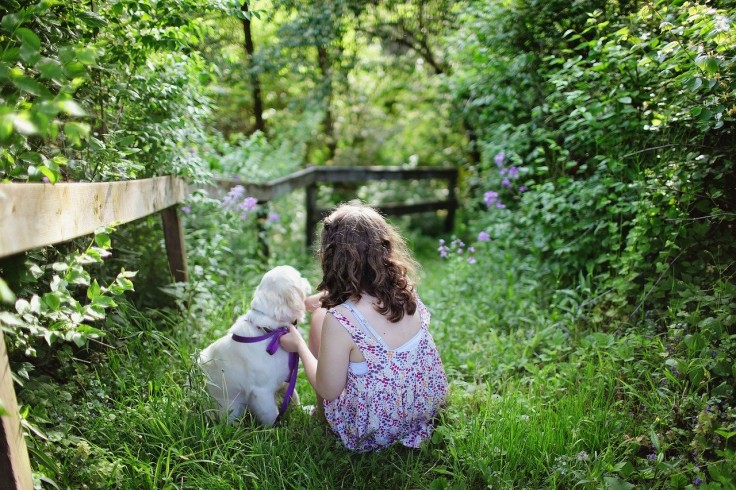
How to potty train a puppy is what many first-time fur-parents ask. Well, it is not easy, that's for sure. However, you will thank yourself later for spending time and effort to house train your dog.
Experts say that puppies could be potty trained as young as 12 weeks while the oldest would be at 16 weeks. At three-months-old, a puppy already has the ability to control its bladder and bowel movements. Generally, the puppy can hold it for up to four hours between breaks. At 16 weeks, a puppy can control it for up to five hours.
If the puppy is still too young to be trained, make sure to let it do its business at a spot separate from its feeding, sleeping, and play area.
Steps to potty training a puppy
Once you start the training, remember that it takes time to house train a puppy, so be patient and consistent. Don't wait too long between bathroom breaks, as your puppy can only hold it for so long.
1. Establish a regular schedule
The first thing we would want is to establish a routine. This starts with the feeding schedule. Typically, you should be feeding your puppy three to four times daily. Make sure to have a feeding schedule and follow it consistently.
You can take the puppy out first thing in the morning, after meals, upon waking from a nap, and last thing at night. Also, take the pooch out once every hour and if you will leave him alone for a longer time.
2. Designate a bathroom spot
Pick a bathroom spot where you would always take your puppy to relieve itself. Put your pet on a leash first and then walk him out to that designated spot. Don't go anywhere else and wait for it to do its business.
Whenever you take it outside to eliminate, use a phrase or word that it can memorize to serve as a cue. Also, make sure that you don't let it stay or play outside for too long after doing its business. That is to establish clearly when its time to go potty and when it is play time.
Once the puppy is done relieving itself, you may praise or reward him with treats to help associate it with a positive experience. Again, be patient and do it again the next time even if it didn't go well the first time.
3. Observe and supervise
It is important to observe your puppy. They would demonstrate specific behavior to indicate that they need to go out. These signs may include sniffing, restlessness, barking, and scratching at the door.
4. Potty training on pads
Pee pads are a convenient way of house training a puppy. If you want to potty train the pup on pads, you need to designate a puppy-proof spot first. Then you can cover the area with pee pads and take your puppy to the spot when its potty time. Use verbal cues to help them learn what the pads are for.
Observe the dog and reward or praise whenever he uses the pee-pad. Still, accidents will happen at some point. That is why, you need to wait patiently so you can catch it before it happens. Then you can redirect him. Be firm but never scold or shout at the puppy.
Read next:
How to Get Rid of Fruit Flies? Easy and Effective Ways, Scientist Approved
Veteran's Dog Will Finally Be Reunited with His Human [Almost Got Deported]